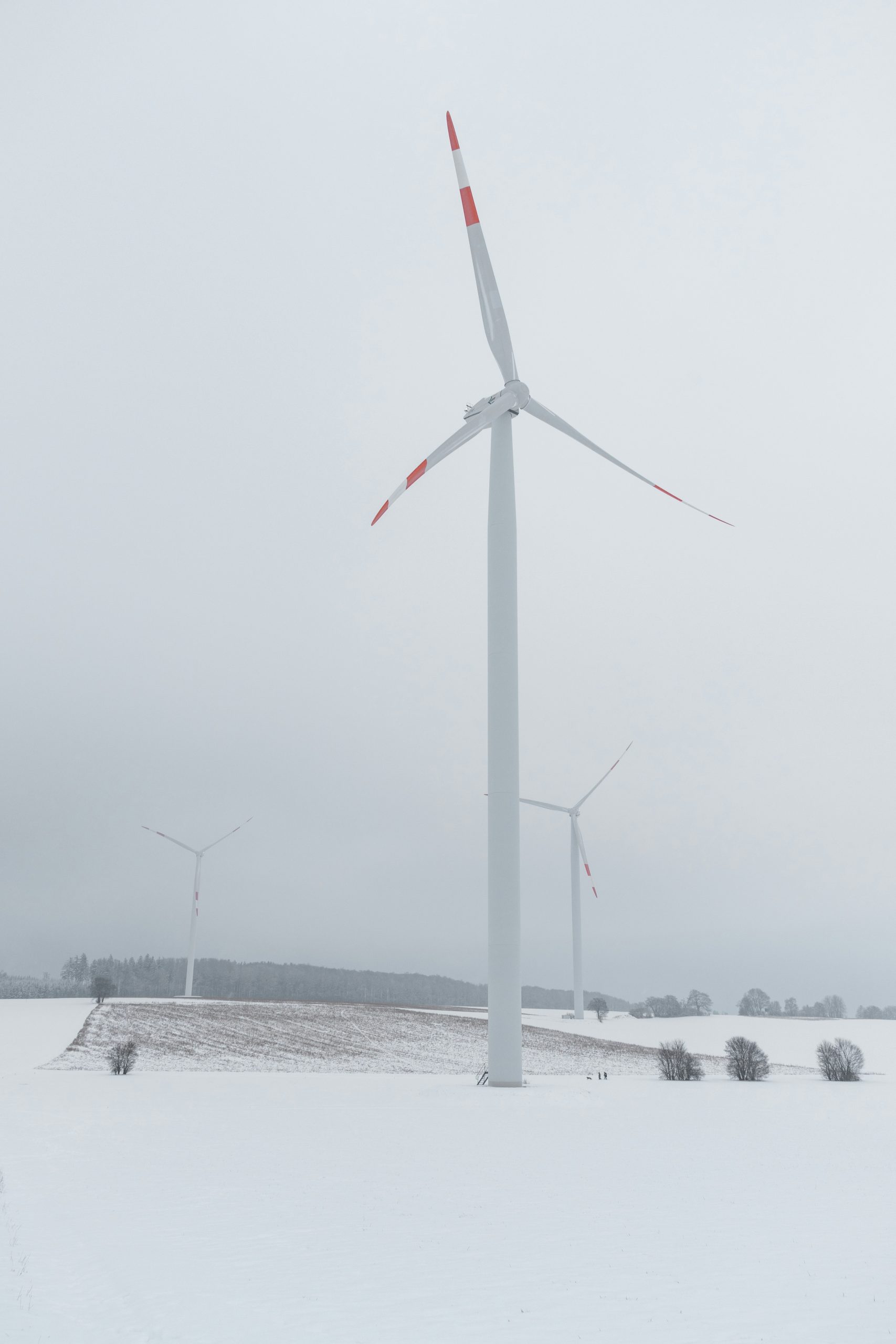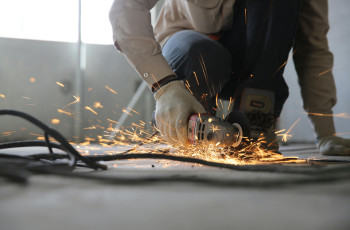In this article, you will discover the latest developments in energy efficiency for heavy-duty die grinders. We will delve into the advancements that have been made to improve the performance and sustainability of these powerful tools. With a focus on reducing energy consumption and increasing productivity, manufacturers have introduced innovative technologies that allow for longer operating times and reduced environmental impact. By exploring these advancements, you will gain valuable insights into how energy efficiency is revolutionizing the world of heavy-duty die grinders. So, let’s get started and uncover the future of this essential tool.
Advancements in Energy Efficiency for Heavy-duty Die Grinders

Overview of Heavy-duty Die Grinders
Heavy-duty die grinders are powerful handheld tools commonly used in industries such as manufacturing, construction, and automotive. These grinders are designed for tasks that require the removal of excess material, shaping, grinding, and polishing. They are versatile and widely used due to their compact size and ability to operate in tight spaces.
Importance of Energy Efficiency
In today’s world, where energy consumption and environmental impact are pressing concerns, the importance of energy efficiency cannot be overstated. Energy-efficient heavy-duty die grinders not only contribute to the overall sustainability of industries but also provide a range of benefits, including reduced energy costs, improved operational efficiency, and enhanced productivity.
Current Energy Consumption of Heavy-duty Die Grinders
An analysis of energy use in heavy-duty die grinders reveals that these tools can be significant energy consumers. Their energy consumption is driven by common operations such as grinding, cutting, and polishing, where power-intensive movements and tool rotations are required. As heavy-duty die grinders are widely used across various industries, their collective energy consumption can have a significant impact on overall energy usage.
Recent Developments in Energy-efficient Die Grinders
Advancements in technology have paved the way for energy-efficient heavy-duty die grinders. One notable development is the introduction of brushless DC motors, which offer improved efficiency, increased power, and reduced heat generation. Additionally, the incorporation of variable speed control allows users to adjust the tool’s speed according to the task, minimizing energy waste. Smart and dynamic energy management systems have also emerged, optimizing power output and extending battery life. Furthermore, advanced battery technologies have been integrated into die grinders, providing longer run times and faster charging.

Advantages of Energy-efficient Die Grinders
The adoption of energy-efficient die grinders brings several advantages to users. Increased power and performance result from advancements such as brushless DC motors, allowing for more efficient material removal and improved precision. Another significant advantage is extended battery life, reducing the need for frequent recharging or battery replacements. Energy-efficient die grinders also generate less heat during operation, increasing user comfort and reducing the risk of overheating. The enhanced control and precision offered by these grinders ensure better results and minimize waste. Moreover, lower overall energy costs are achieved through reduced energy consumption, contributing to the economic viability of industries.
Technologies Driving Energy Efficiency
Several technologies play a vital role in driving energy efficiency in heavy-duty die grinders. Brushless DC motors are at the forefront, as they eliminate the need for carbon brushes, reducing friction and energy loss. Variable frequency drives enable precise control of the tool’s speed and power output, optimizing energy usage. Smart sensors and control systems monitor and adjust the tool’s operation based on the task requirements, minimizing energy waste. Advanced battery technologies, such as lithium-ion batteries, provide higher energy densities, longer run times, and faster charging. Improved cooling and ventilation systems prevent overheating and ensure optimal performance.

Implementation Challenges for Energy-efficient Die Grinders
While energy-efficient die grinders offer numerous benefits, their implementation may pose certain challenges. The initial investment costs for acquiring these advanced tools may be higher compared to conventional models, requiring careful financial planning. Compatibility with existing infrastructure, including power sources and charging stations, may also need to be considered during the transition. Training and familiarization of operators with the new technologies and features are crucial to ensure efficient and safe use of energy-efficient die grinders. Maintenance and repair considerations should account for the unique components and systems integrated into these grinders. Additionally, the availability and accessibility of components and spare parts should be ensured to prevent prolonged downtime.
Regulatory Support and Standards in Energy Efficiency
Governments and regulatory bodies worldwide have recognized the significance of energy efficiency and have initiated various policies and programs to support its adoption. These initiatives aim to encourage industries to invest in energy-efficient technologies and equipment, including heavy-duty die grinders. Additionally, industry standards and certifications provide guidelines and benchmarks for the development and implementation of energy-efficient solutions. Incentives and rebates are often offered to incentivize the adoption of energy-efficient equipment. Compliance with environmental regulations is also a driving factor for industries to prioritize energy efficiency.
Future Trends in Energy-efficient Die Grinders
The future of energy-efficient die grinders appears promising, with continuous advancements in technology and growing awareness of energy consumption. The integration of artificial intelligence (AI) and machine learning capabilities into die grinders is expected to revolutionize their energy efficiency. AI algorithms can optimize the tool’s operation based on real-time data and user inputs, leading to further energy savings and increased productivity. Additionally, innovations in materials and cooling systems are anticipated to create more lightweight and efficient die grinders. The industry is also exploring the use of renewable energy sources to power heavy-duty die grinders, reducing their environmental impact further.
Conclusion
In conclusion, advancements in energy efficiency for heavy-duty die grinders offer numerous benefits to industries. Energy-efficient die grinders not only reduce energy costs but also contribute to environmental sustainability by minimizing carbon footprints. The incorporation of technologies such as brushless DC motors, variable speed control, and advanced battery technologies ensures increased power, extended battery life, and reduced heat generation. While implementation challenges exist, regulatory support, industry standards, and incentives provide valuable guidance and encouragement. With promising future trends in energy efficiency, it is evident that energy-efficient die grinders are poised to play a significant role in enhancing productivity, reducing costs, and creating a more sustainable industrial landscape.



